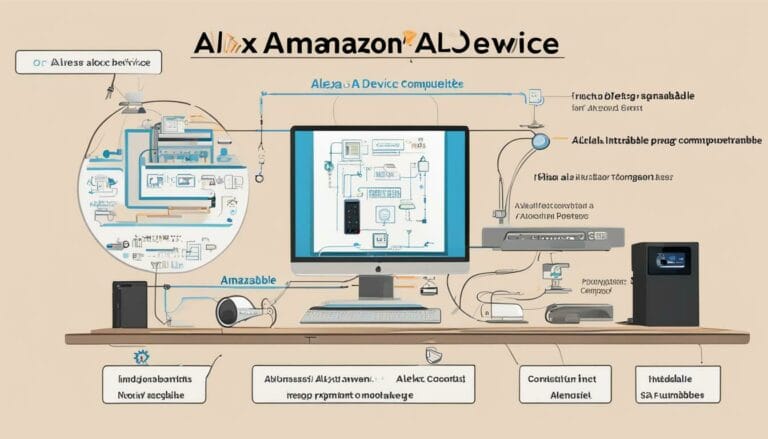What Girls Who Code Has Changed in the Web Development Community

The recognized gender disparity in tech often inspires the push to stimulate young women to engage in STEM education. Even though there have been slight variations in the mix over time, traditionally, the number of males in STEM-related sectors has outpaced females.
Girls Who Code has a mission to close the gender gap in computing specifically. They cite some studies showing the number of women serving as computer scientists has fallen since 1995.
In the 90s, around 37% of computer scientists were women, but today the number is closer to 24% of positions. Figuring out what may cause girls to lose interest in their teen years is a big part of changing the culture and how many women move into computer science careers. The goal of the organization is to ramp up the number of women in computer sciences, giving them the tools and confidence to succeed.
Is Girls Who Code Successful?
Girls Who Code is a nonprofit organization seeking to close the gender gap and attract more females to coding and computer-based careers. The website states the organization reached around 500 million people and directly served 300,000 girls via in-person clubs, college loops and in-person programming activities.
Their programs are open to people from all income levels, races and those who identify as female. In traditionally low income areas, they have a strong presence, creating an equal opportunity in coding for people who otherwise might not have the chance to try it as a career option.
Here are some of the ways the organization has changed the web development community for the better:
1. Reach Girls Earlier
Many students become discouraged with STEM topics in their teen years. Perhaps it is societal pressures or that some topics become as students move through their education. Whatever the reason, reaching kids at a younger age and encouraging them to love learning about programming languages is an excellent way to develop a life-long love for coding.
Web development becomes ingrained in youth and thus they have a passion for trying new techniques and stretching beyond what’s been done in the past. The earlier kids learn to code a website, the sooner they can figure out how to turn the industry toward new concepts.
2. Change Public Perceptions
Tarika Barret is a young woman giving talks about how to change the perception of what programmers look and act like. She gives specific steps to encourage supportive environments for women and broadening their career opportunities in STEM fields. As the CEO of Girls Who Code, she wants to make sure people really understand coding and software development and feel empowered to try their hand at it.
3. Shift the Culture
Girls Who Code has programs where they have young women create characters they’d like to see in video games. By putting creative power in their hands, the organization changes the way girls perceive their role in the gaming industry.
If they can come up with a character and a backstory, know how to code and have the initiative, the next step is to create their own game featuring strong female leads. The initiative is called Girls Who Code Girls.
4. Create Social Outlets
One of the reasons young women may lose interest in STEM activities in their teen years is because of the lack of a social network for girls who like to code. The organization, however, is changing this by starting clubs in various locations around the globe.
They’ve made it simple to start a club. Girls need no coding experience and the organization gives them all the tools they need to get started. They provide training, curriculum, recruiting ideas and support.
5. Embrace Early Coding Games
Experts estimate the best age to learn coding is between five and seven years old. At the beginning of learning, kids should focus on fun and games. Languages can be more complex so keep things simple and fun. Girls Who Code focuses on a little older children, but still offers advice and resources for those wanting to get a jumpstart on the process.
Organizations such as Girls Who Code have brought on a renewed interest in reaching kids and teaching them to love programming. In a roundabout way, they may be responsible for some of the robots, games and apps on the market that start kids in the process.
6. Build a Sisterhood
Girls Who Code is about building a strong sisterhood of females wanting to learn coding skills. The web development community has a similar attitude, with coders helping each other by sharing bits of code or troubleshooting bugs.
If you visit any coding forum, you’ll see other people volunteering their time to teach, fix issues and learn from one another. Such an attitude is encouraged by organizations such as Girls Who Code.
Although the group focuses on increasing the number of women in computer science, they are open to non-binary individuals or those who identify as female. They accept people from different races, cultures and social backgrounds. Building a sisterhood of coding counterparts helps improve everyone’s programming work.
Encouraging Young Women
Girls Who Code does more than just teach coding or encourage young women to try computer sciences and STEM subjects. The attitude and tone works to build confidence in young people, showing them they can master anything they set their minds to. By going through a series of specific steps and curriculum, they prove anyone can learn to code if they’re determined and have the right resources.
Eleanor Hecks is the founder and managing editor of Designerly Magazine. She’s also a web design consultant with a focus on customer experience and user interface. She lives in Philadelphia with her husband and dogs, Bear and Lucy. Connect with her about marketing, design and/or tea on LinkedIn.






